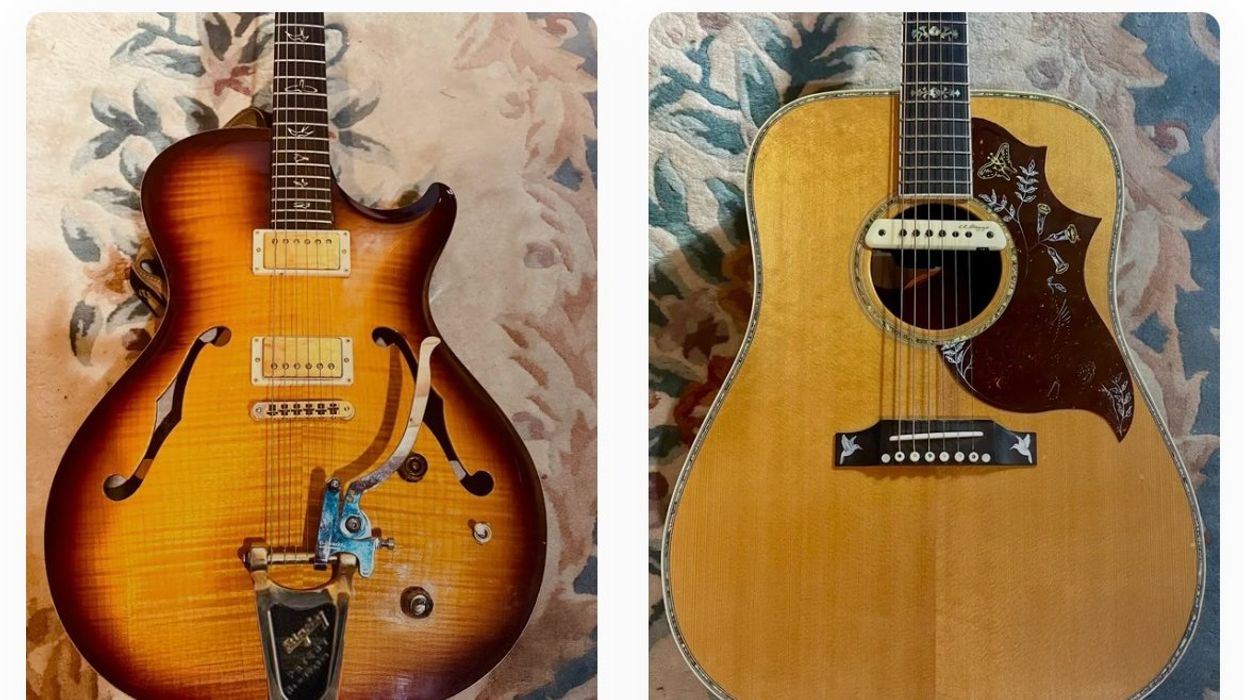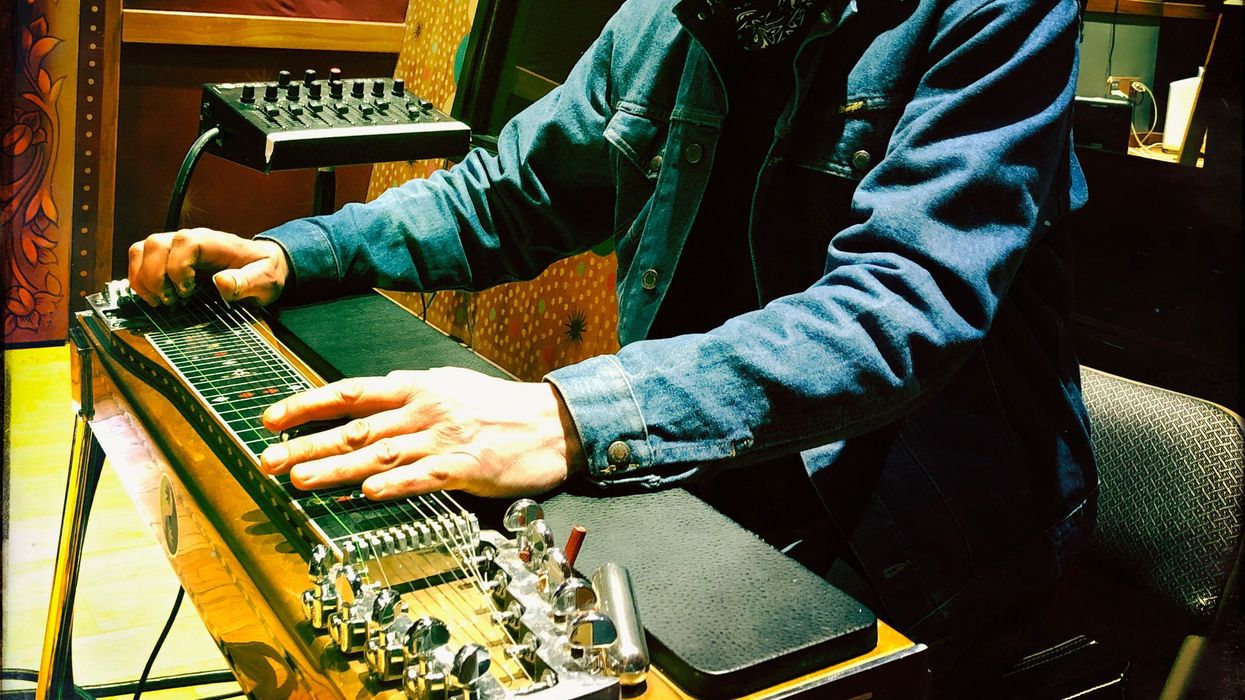I started buying gear in junior high and I’m still using some of it. My organizational skills have not really improved since then, so the inventory looks like a stamped-on ant pile. The daily 6-strings are stuffed on racks in my room and in gig bags or cases near my door, good-to-go. The less-used guitars are hidden in closets, stashed under couches/beds, and loaned out to friends. Then there are six or seven old battle axes that I’ve played for years that have grown so valuable that they now spend most of their time locked in a huge gun safe in the guest room. I’ve tried several times to catalogue the tools using a notebook, and then a few different long-since-dead computers. I had no idea how many guitars I owned ... until now, thanks to my friend Joe Glaser’s Gearcheck.
Glaser, a famed luthier here in Nashville, started Gearcheck as a software platform for cataloging instruments. Gearcheck gives you a personal and private digital gear room where you can list instruments’ basic model details (year, wood, pickups, etc.), then document them with photos, receipts, Reverb listings, reputable repair records, appraisals, insurance details, as well as your setup specs, string gauge, action, and relief. I even track who I loaned them out to or where they are stored. This is not static information, and tracking the life of a guitar this way gives insight and builds the stories that we care about. All of this establishes provenance, which is a difference between just something and something collectible.
If you’re interested in how this works, go to gearcheck.com. The free membership gets you 1 GB of memory to list your instruments. You can subscribe to get more memory should you need it. To give you some idea of what 1 GB worth of gear looks like, I have 55 instruments listed (49 guitars, 2 mandolins, 3 pedal steels, 1 lap steel) with between three to 12 photos per instrument—some with short descriptions and some with long war stories of modifications, accidents and gig abuse, as well as high points of the instrument’s history. So far, I’ve used .93 of my free gigabyte. I’m setting a limit now: My gear gluttony ends at .999 GB of storage.
The listing process was good for me. I spent my free time over the past 10 days, working late into the night, tracking down all my guitars. I discovered a few I had not seen in years and thinned the herd a bit. I also found some guitars that were great but had some glitch that kept me from playing them, like this killer Kiesel Custom Shop T-build whose middle pickup was wired out of phase, so I finally got off my ass and rewired it, and while I was at it, I swapped the original pickups that were a bit too hot with some Pete A. Flynn ’buckers that I’d been holding.
“My favorite instruments have had a Red Violin-style odyssey.”
Once I decided who made the cut, I started taking photos and uploading guitars starting with my favs. At first, I just listed the main details and basic photos, but then I thought, “Why not make it more about the stories?” Stories are always more interesting than things.
My favorite instruments have had a Red Violin-style odyssey. Their pasts before I got them are mostly guesswork and imagination, but I can document the highlights of my short time in their history. For instance, my 1954 Les Paul has a second jack input in the body that was later refilled. No idea what that was about, but Michael Wilton of Queensrÿche, who sold me the guitar, documented what happened during his time with it. Wilton played it on Queensrÿche’s albums Promised Land and Hear in the Now Frontier. Wilton replaced the bridge pickup wire in the cavity (because the original disintegrated) and replaced a dead potentiometer. Since I’ve had it, Glaser refretted and Plek’d the neck, and added his Stud Finder bridge. I’ve also played it on a ton of gigs. Now I’ve got all these details safely documented on Gearcheck, along with some photos of me playing that goldtop with Lainey Wilson on her first awards show.
Similarly, my 1969 Fender Thinline had some mysteries when I bought it from Chicago Music Exchange. I’ll never know why somebody added a second input jack, but I did document my adding a Glaser B-bender and a 22-fret sweet, flat neck that Fender’s Chip Ellis built to replace the original neck that never really fit in the neck pocket.
Antonio Stradivari made 960 violins between 1666 and 1737. At least 282 still exist and are potentially being played. I imagine, with some basic care, that at least several guitars I live with today will still be rocking 350 years from now. I’m glad I can document our brief time together. You don’t really own legacy instruments, you just keep them for the next player, all the while adding to their legacy.











![Rig Rundown: Russian Circles’ Mike Sullivan [2025]](https://www.premierguitar.com/media-library/youtube.jpg?id=62303631&width=1245&height=700&quality=70&coordinates=0%2C0%2C0%2C0)






